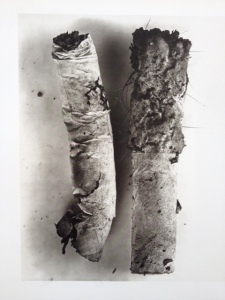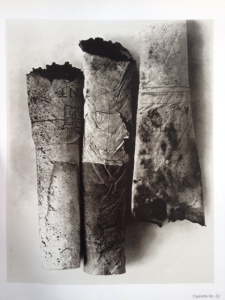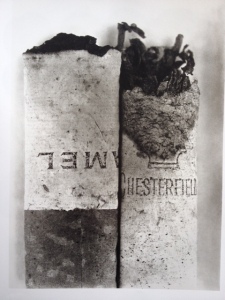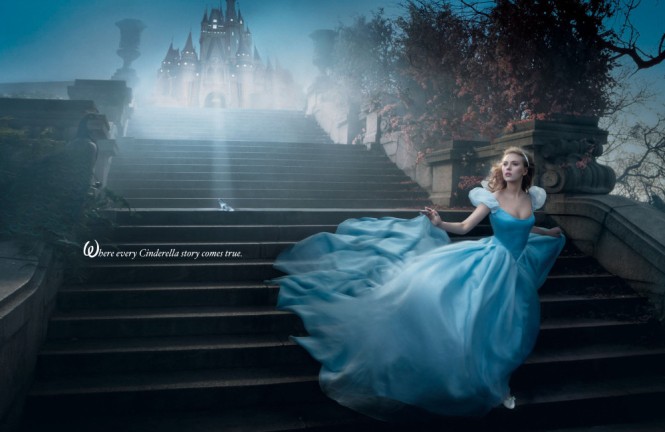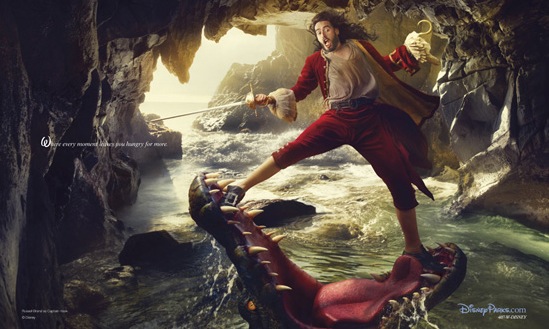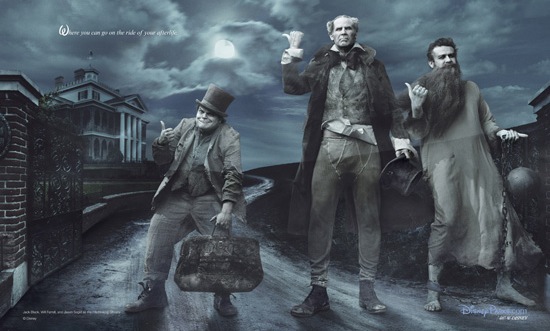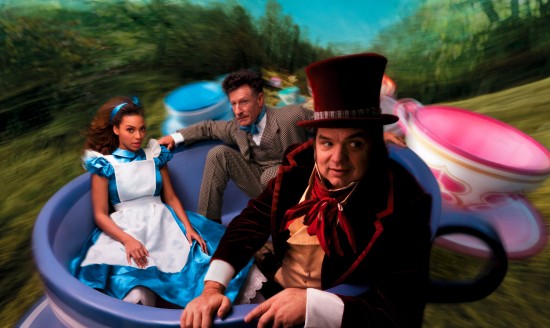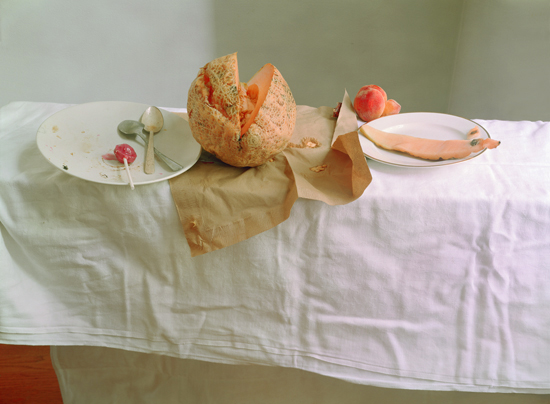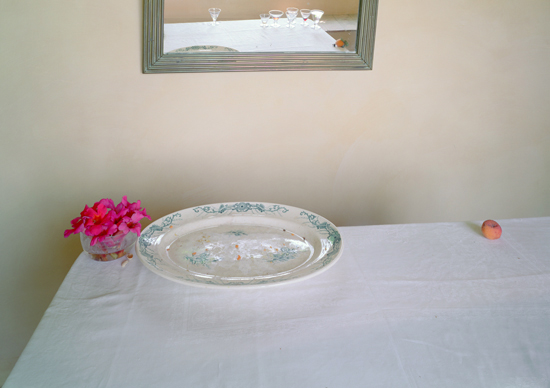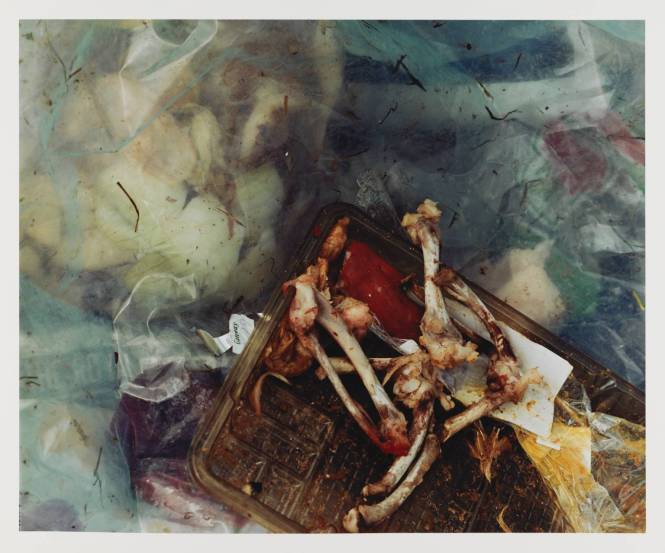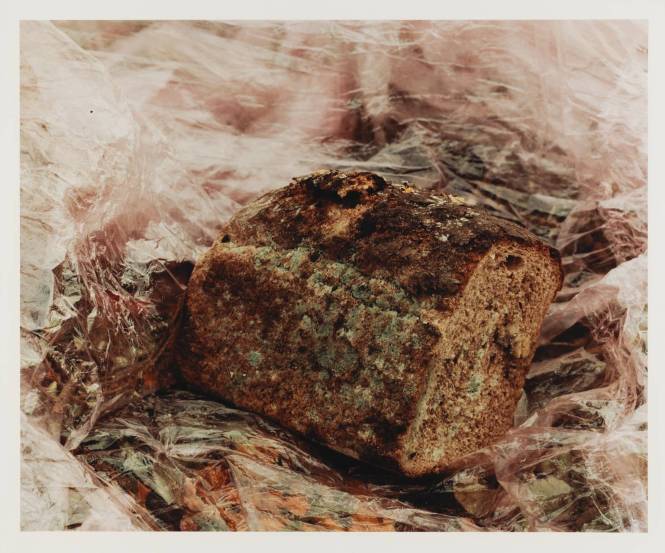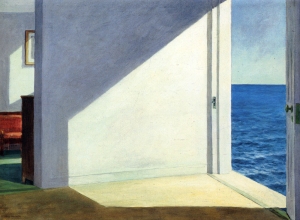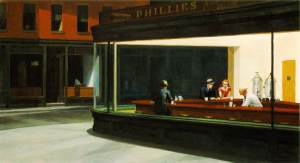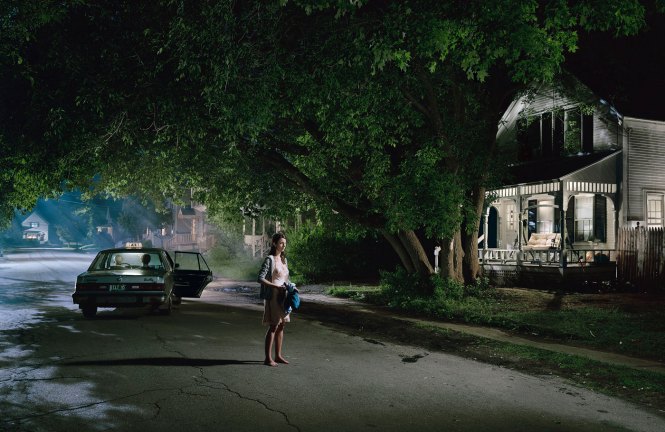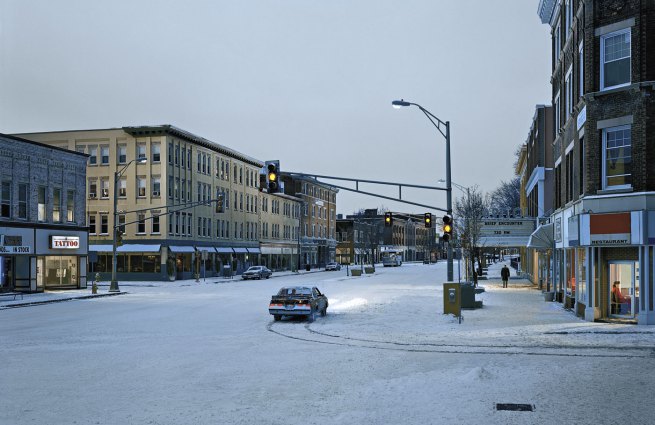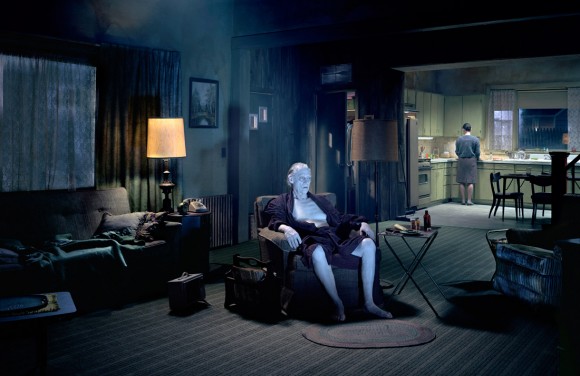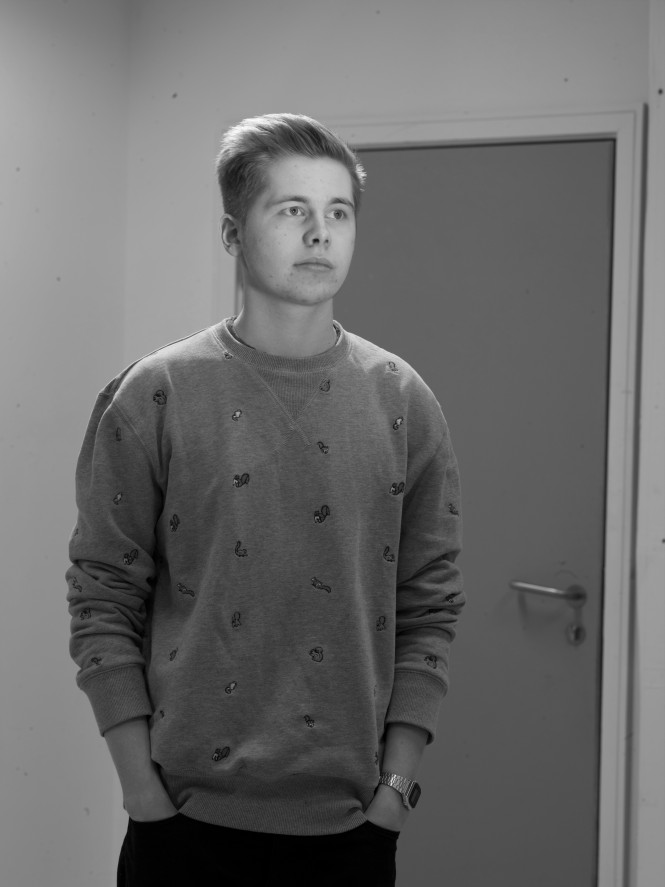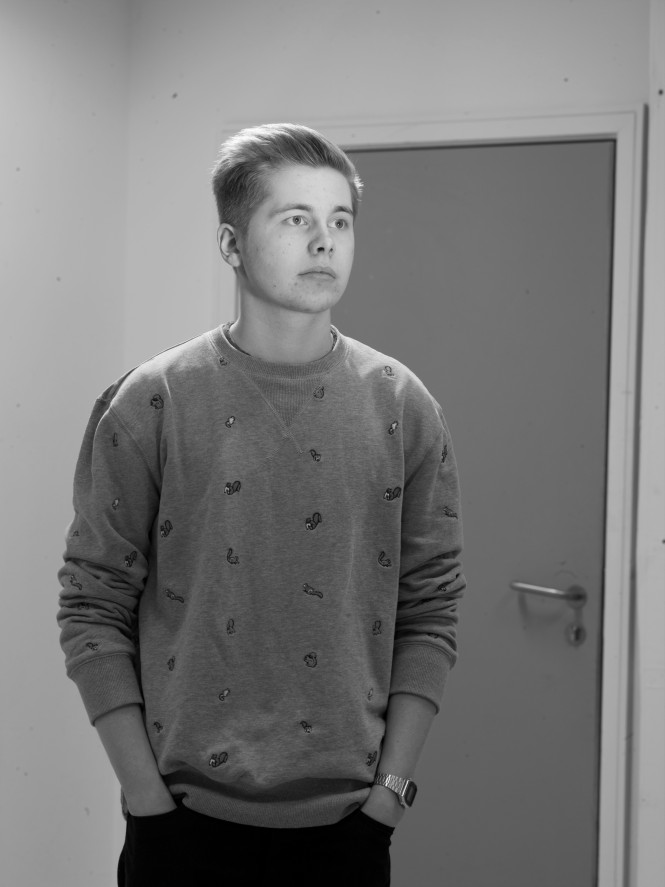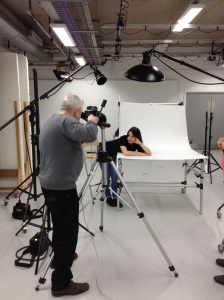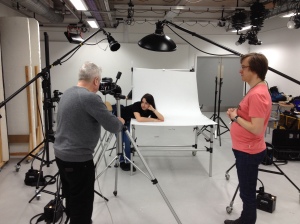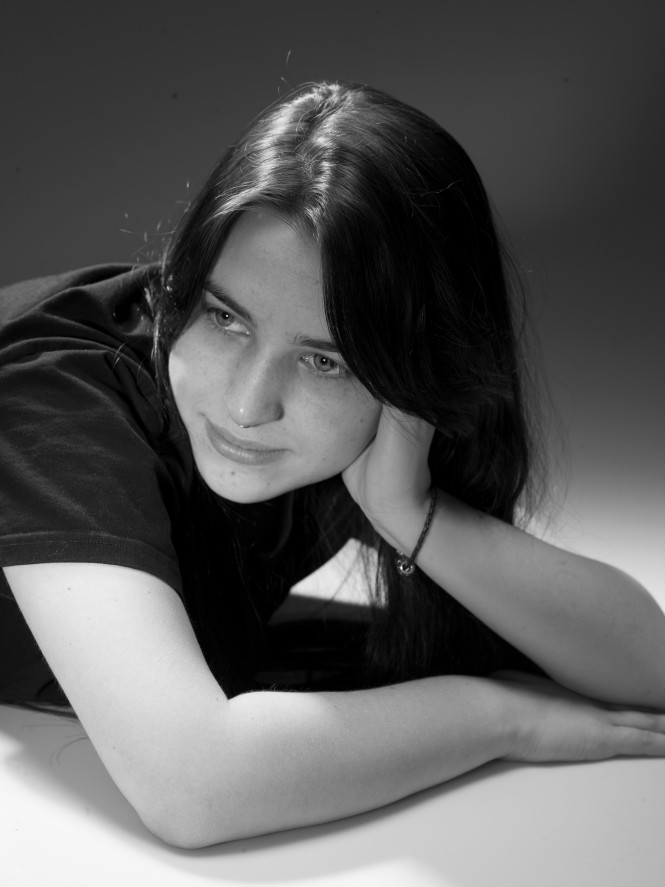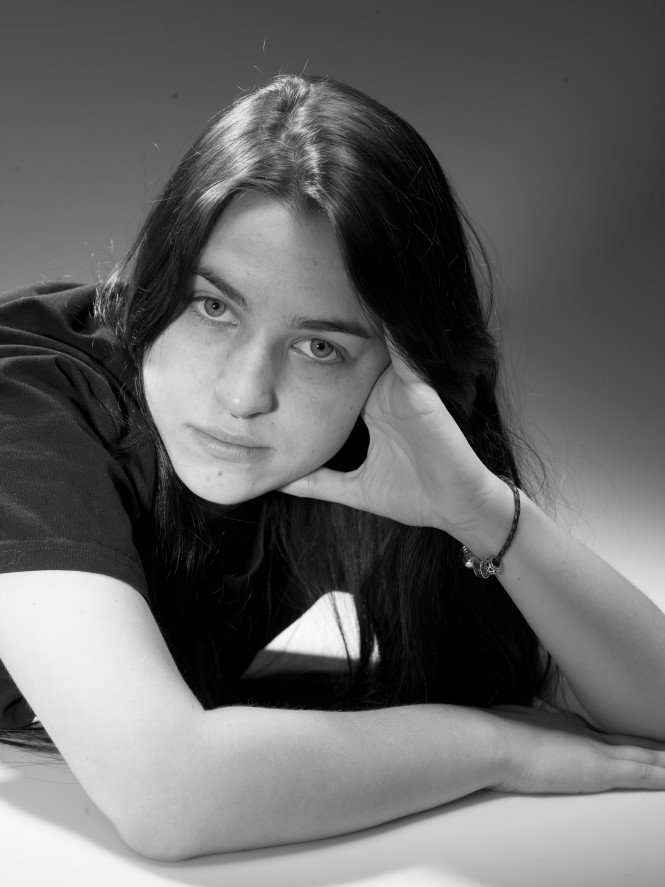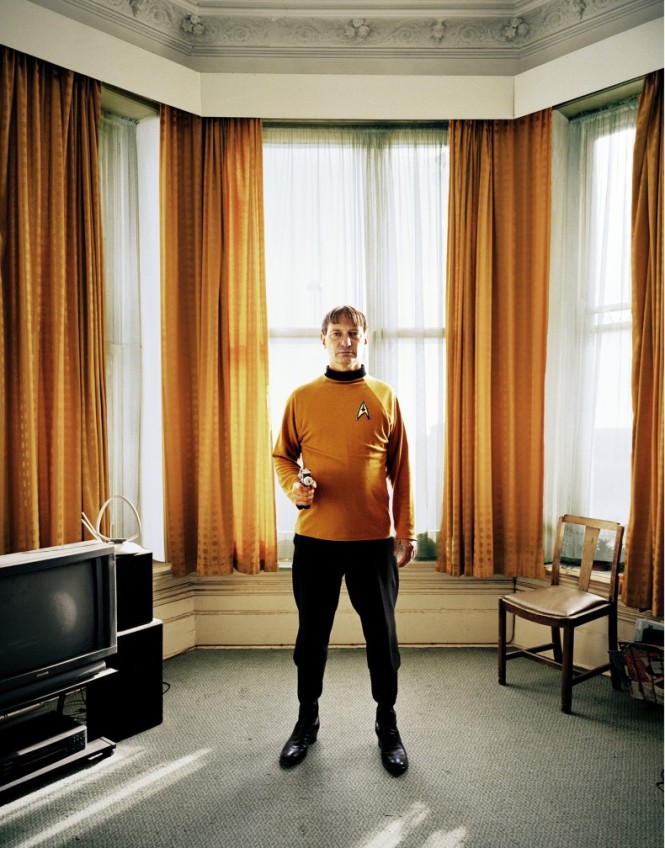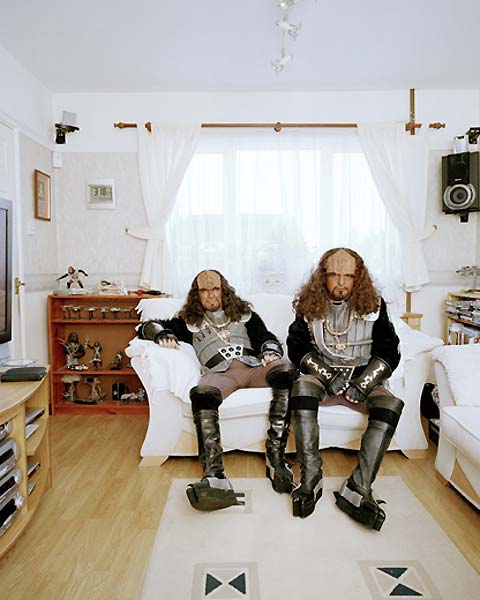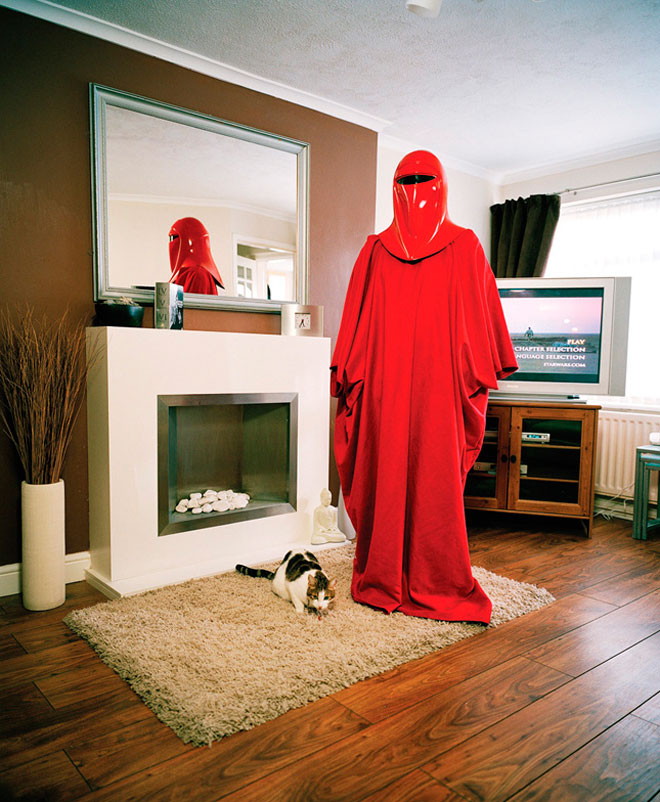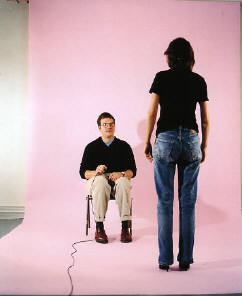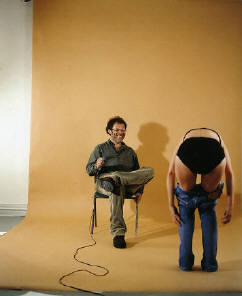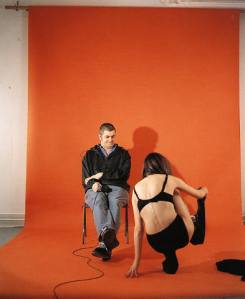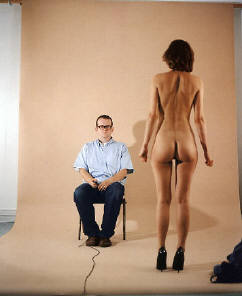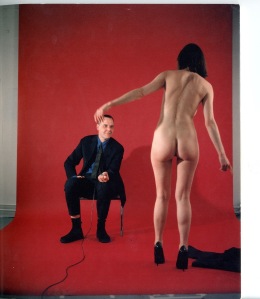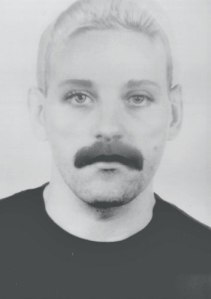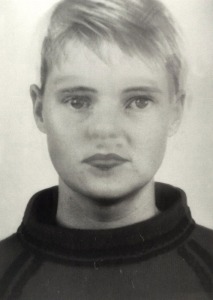Irving Penn was born in 1917 New Jersey and died in 2009. Penn studied at the Philadelphia Museum School of Industrial Art, under the tutelage of Alexey Brodovitch who was a Russian graphic designer. In 1953 Penn established his own studio were he photographed a number things including still life and portraiture.
Penn has been one of photography’s conspicuous innovators in the two oldest and most successful genres; still life and portraiture. It is unusual for an artist to be so comfortable in both of these genres But that’s what was so special about Penn, he had the ability to photograph amazing still life and portraits.
One of my favorite and most inspiring still life’s that Penn did was the cigarette. Penn found his subject matter just outside on the street. He then took these cigarette ends into his studio to photograph. Penn transformed one of the most consumed and discarded products from consumer society and turned it into something beautiful. Penn photographed the cigarettes using the platinum palladium process. By using this prose Penn has made something as insignificant as a cigarette butt, and made it into and object of desire.
